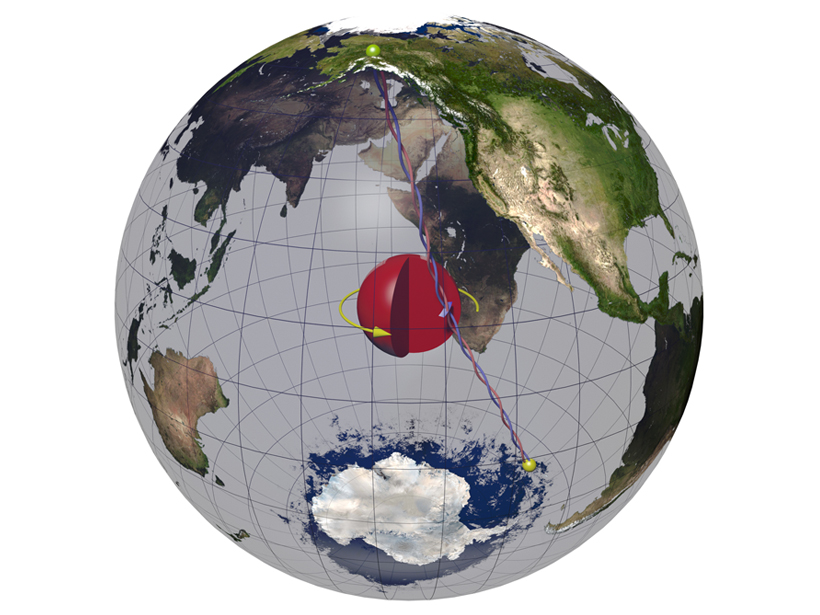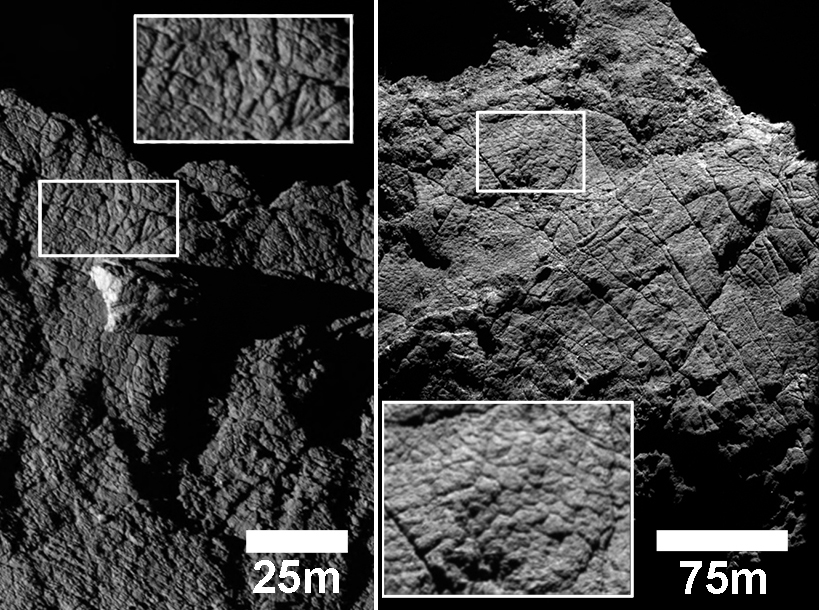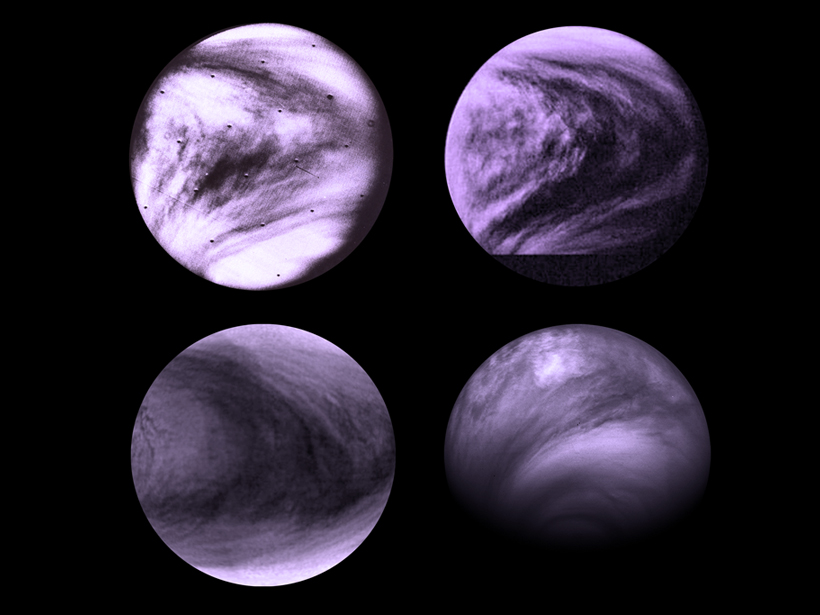A new study explores the possibility of cubic iron alloy structure at our planet's core.
Geophysical Research Letters
Tropical Deforestation Accelerated Faster Than Initially Thought
New satellite-based analysis of forest cover in the humid tropics from 1990 to 2010 contradicts previous estimates of rate of loss.
A Cooler Climate Would Trigger More Tropical Cyclones
New model reveals tropical cyclones could form at lower sea surface temperatures than previously thought.
Subsurface Craters Expose the Moon's Dramatic Past
Scientists use the gravity signature of the lunar surface to trace the history of impact cratering and its role in the Moon's evolution.
Cracks on Comets Most Likely Caused by Thermal Stress
Networks of cracks in the surface of 67P/Churyumov-Gerasimenko may have originated from rapid heating and cooling of the comet's surface.
Correlating Monsoon Strength with Boron Isotopes
Scientists tell the story of the past monsoon by measuring boron isotopes in organisms in the Arabian Sea.
Evidence for Volcanoes on Venus
Infrared light from the planet's surface shows hot spots that might be caused by lava.
New Atmospheric Wave May Shape Venus's Clouds
A novel model suggests that a new wave may be responsible for Venus's iconic Y pattern.
Ocean Lightning Storms Are Larger Than Land Lightning Storms
A new study uses data from the Tropical Rainfall Measuring Mission to demonstrate that electrified storms in the tropics are 10 times larger over the ocean than those over land.
Seismic Signals Reveal Changes in Water Release from Glaciers
Seismometers could help scientists monitor elusive fluctuations in water discharge from glaciers that flow into the ocean.








